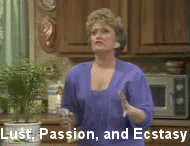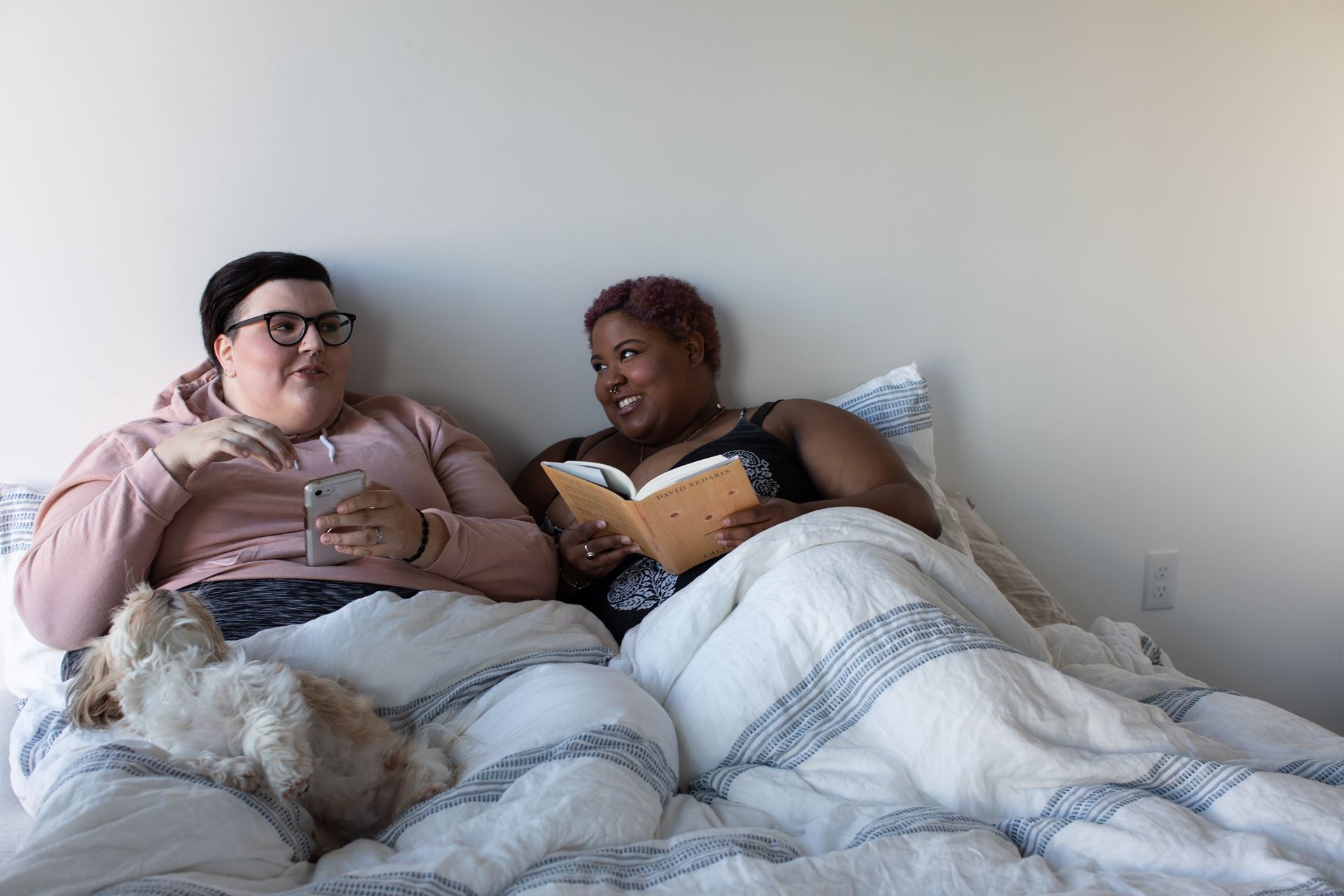This week I hosted a session on Editing Sex Scenes in Fiction at the Chartered Institute of Editing and Proofreading (CIEP)’s annual conference. I enjoyed discussing the particular challenges of editing intimate scenes with my skilled and thoughtful peers, and I always have a great time at editorial conferences.
One of the topics I covered in the session was helping authors make these scenes more inclusive. This article continues the conversation and offers tips for authors who want to move away from stereotypes and tokenism and create more representative sexuality in their stories.
Which fictional characters can be sexual?
When you think of a romantic or sexual lead character, someone who would grace the cover of a Harlequin novel, who comes to mind?
Traditionally, male love interests will have been tall, white but tanned, non-disabled, young, cisgender men who were witty, physically strong, and sexually attracted to women. And their female counterparts will have been cisgender, young, non-disabled, pale skinned, curvy but not fat, clever but deferential to the male lead, and seeking a monogamous romantic and sexual relationship with a man.
Those descriptions leave a lot of readers unrepresented. Thankfully, romantic leads have become more diverse in recent years – both within romance books and in fiction more broadly. And we can help keep that trend going by questioning the assumptions we sometimes make about who gets to be sexy in a story.
Any fictional characters can be sexual
As an author, it’s worth making efforts to move beyond character stereotypes or to subvert them in your stories, and an editor can help with this. In this section of the article, I’ll break down some common stereotypes about characters that we don’t often think of as sexual and offer suggestions for creating more true-to-life representation.
Characters from underrepresented races, ethnicities, and religions
Watch out for characters of colour and characters of underrepresented ethnicities and religions who are reduced to stereotypes or included as token minority characters. Instead of a character who’s a stereotypically well-endowed Black man, you could, for example, suggest making the character worried that he’s not well-endowed enough to live up to the stereotype. Or you could just not mention size at all and have the narrative focus on this character’s oral sex technique, his generous and giving nature in the bedroom, how fetching he looks wearing a ball gag, or countless other qualities.

Photo by charlesdeluvio on Unsplash
Transgender, genderfluid, and nonbinary (NB) characters
Sticking with the “well-endowed Black man” trope, another option could be to make the character a Black transgender man who may or may not have had gender-affirming surgery – and his “endowment” doesn’t have to affect his attractiveness to his partner(s).
The novel The Vanishing Half by Brit Bennett is first and foremost an exploration of racial identity in twentieth-century America, but it also includes a nuanced exploration of love, sexual pleasure, and gender dysphoria through the lens of a Black trans man. Remember that intersectionality is a fact of life, and no character should only have one characteristic – because no real-life person does.
Older, different-sized, disabled, and neurodivergent characters
Watch out for ageism or the assumption that readers only want to think about people under the age of twenty-five having sex. Older characters' sexuality can too often be played for laughs or included just to make their younger relatives uncomfortable, and that creates a misconception that "normal" people stop being sexual after a certain age. It's a tired cliché, as well as being completely untrue.
In a story, instead of saying that an older female character had a nice butt "for her age," you can simply state that the character had a nice butt. Small changes like that can help normalize the sexiness of people of all ages.

Credit: NBC
Similarly, if a story has characters with disabilities or illnesses, or characters who are neurodivergent, are they allowed to be sexual? Do other characters find them attractive? What might sex look like for them, and how would they talk about their desires?
The default pick-up lines or the default assumption of missionary-style penetrative sex might not be appropriate for these characters, but that doesn’t justify excluding them from sexual storylines. You might choose to write more direct and explicit dialogue for a character on the autism spectrum who has trouble interpreting social cues. Or you might decide to write a flirty text exchange where a character with a spinal cord injury lists their erogenous zones for their partner.

Photo by Will Greer on Unsplash
Characters on the asexual or aromantic spectrum
Characters on the asexual or aromantic spectrum – characters who experience infrequent or non-traditional sexual or romantic attraction – can have all kinds of intimate relationships, and therefore all kinds of storylines involving intimacy. They may feel sexual attraction only once they’ve formed an emotional bond with someone; they may desire sex but not romance, or kink play but not sex; they may feel sexual attraction but don’t want it to be reciprocated. There are so many character dynamics that you can explore and myriad ways to explore sexuality with these characters in your fiction.
Representation between the sheets

Photo by AllGo on Unsplash
Readers who don’t fit the Harlequin-cover mold want to see themselves represented on the page, having sex, talking about sex, and thinking about sex, so as an author you have a rich pool of human experiences to draw from. You can also work with sensitivity readers if you don’t feel you have the lived experience to make each of your characters feel true to life.
So step away from the Harlequin covers and embrace the full spectrum of human sexuality. Writing inclusive intimacy will help your stories connect with readers and reflect the many ways of being intimate that exist in the real world.
If you’re looking for an editor to help make your story sexy to a diverse readership, get in touch for a chat or a quote.